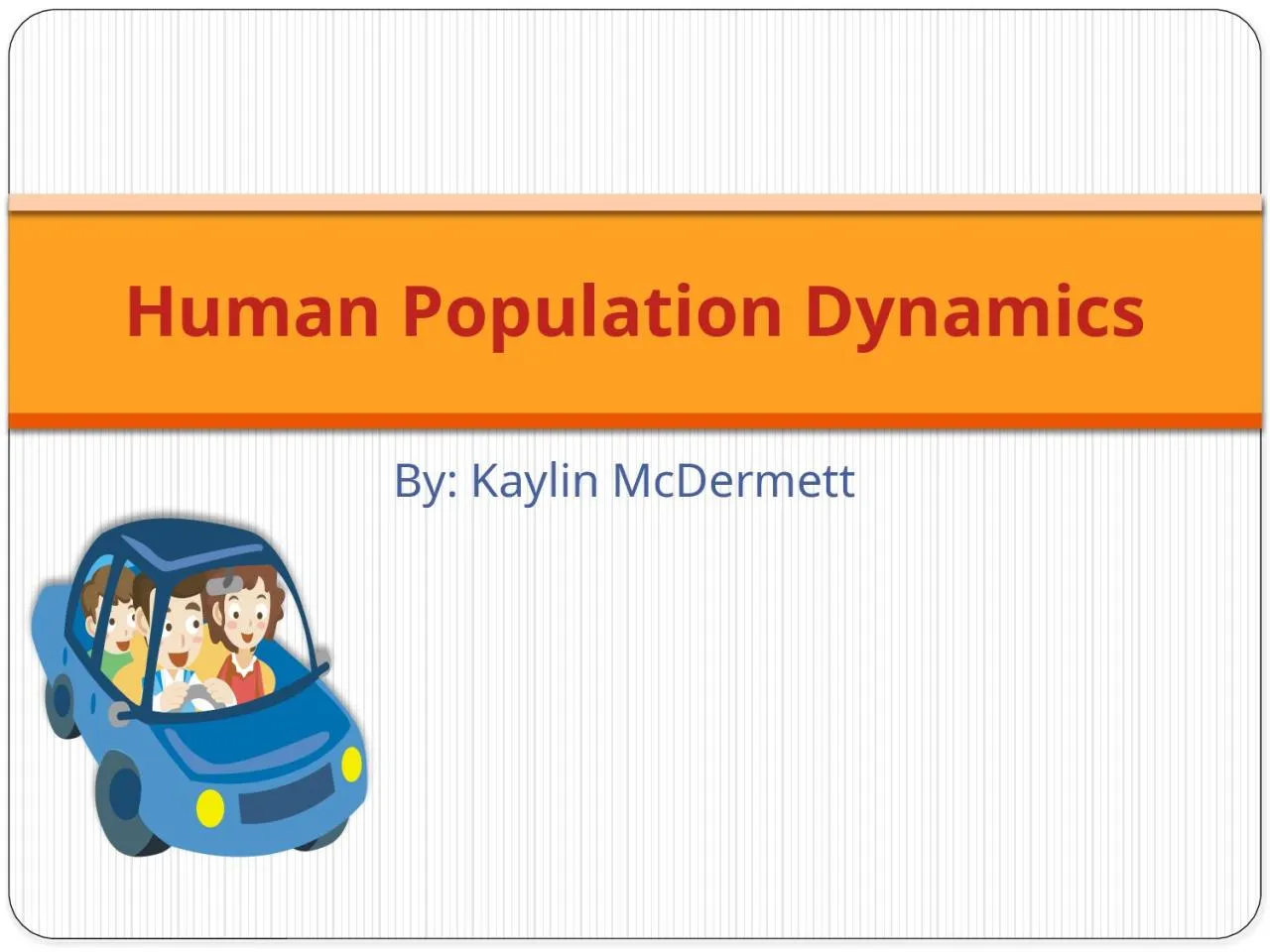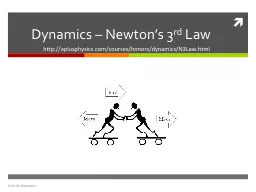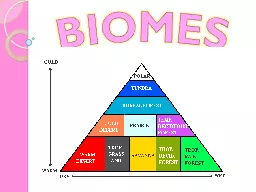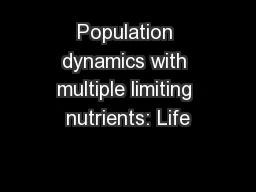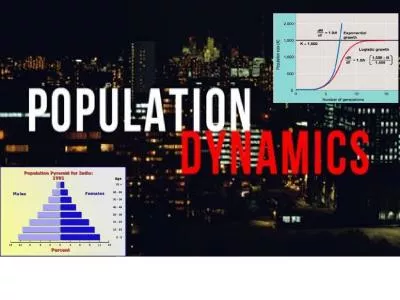PPT-By: Kaylin McDermett Human Population Dynamics
Author : felicity | Published Date : 2022-05-31
Population Sizes Throughout History The main cause of our rapid population increase is the decrease in the death rate With new medicines and technologies people
Presentation Embed Code
Download Presentation
Download Presentation The PPT/PDF document "By: Kaylin McDermett Human Population..." is the property of its rightful owner. Permission is granted to download and print the materials on this website for personal, non-commercial use only, and to display it on your personal computer provided you do not modify the materials and that you retain all copyright notices contained in the materials. By downloading content from our website, you accept the terms of this agreement.
By: Kaylin McDermett Human Population Dynamics: Transcript
Download Rules Of Document
"By: Kaylin McDermett Human Population Dynamics"The content belongs to its owner. You may download and print it for personal use, without modification, and keep all copyright notices. By downloading, you agree to these terms.
Related Documents

